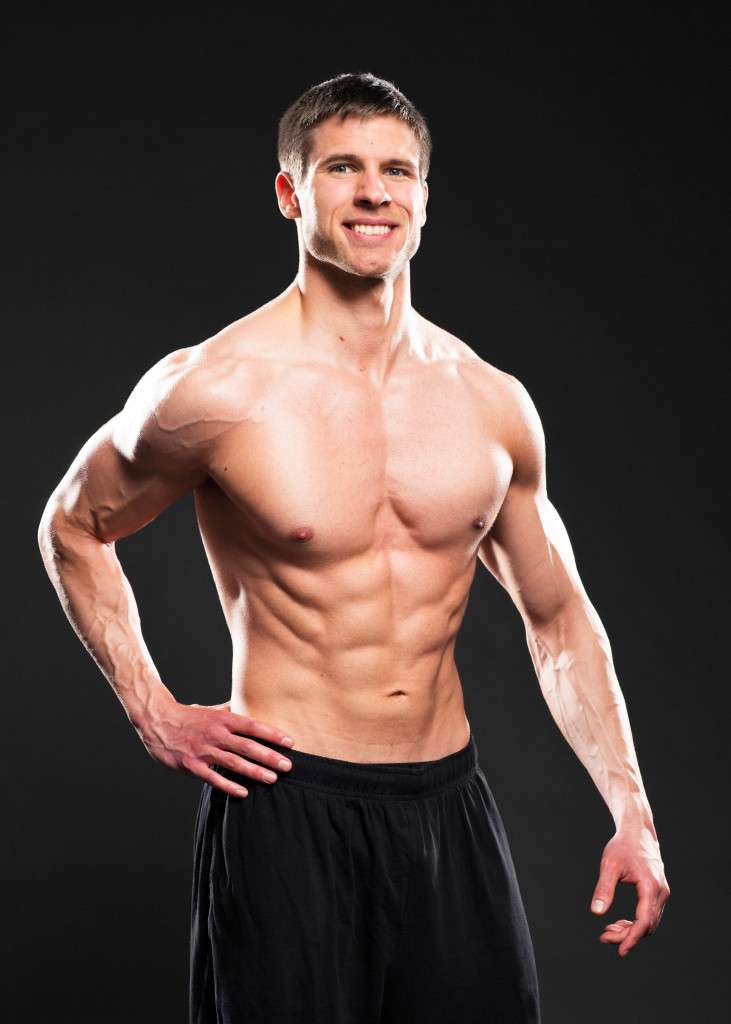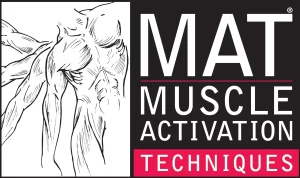by Forest Crosbie

In the hierarchy of bodybuilding regimens there are a variety of tried and true training protocols, ranging from training one muscle group per day as in the classic “bro split,” to performing total-body workouts up to 3 or 4 days per week. My personal favorite is a 3-day split routine, which enables me to train each muscle group with more volume and intensity than I could in a total body workout, while still allowing for a greater than once-per-week training frequency. Day 1 is devoted to the lower body (don’t skip leg day!) – glutes, quads, hamstrings, and calves. Day 2 is upper body push – chest, front and middle delts, and triceps; and Day 3 is upper body pull – back, traps, rear delts, and biceps.
The beauty of this split is that it allows me to begin each workout with one of the “Big Three” barbell movements, the squat, bench press, and deadlift, respectively. Today’s workout (push day) is an exception to that rule, however. Because my chest is proportionately one of my most dominant muscle groups (how much ya bench?), I don’t have to prioritize training it quite as much as I would with a weaker body part. This frees me up to focus the first exercise of my workout – when I am at my freshest and able to lift the most weight – on a different muscle group, in this case the deltoids.
In order to preserve the heavy compound nature of my first exercise, I simply shift gears from a horizontal pushing movement to a vertical one, swapping out the bench press for a seated dumbbell press. I generally prefer dumbbells over a barbell for overhead pressing, because I’ve found that keeping both hands independent of one another allows me to follow a more natural movement pattern.
Shoulder presses completed, I then work my way downward in a systematic fashion. Next up is an incline barbell press to target the upper chest, and stand in for the flat bench press that I elected to forgo at the start of the workout. The upper portion of the pectoral muscles tend to be the weakest for most people, myself included, making them my second highest training priority and the next victim of my assault on the muscle fibers.
Moving on to the middle portion of the chest, I proceed to a seated cable fly. I like to throw this exercise in to break up my chest workouts, because unlike most pushing movements, the biceps are the main synergist muscle group rather than the triceps. This enables me to work my chest effectively, while giving my triceps a brief chance to recover before the isolation work to come.
The last exercise in pectoral arsenal of the day is one of my favorites: parallel bar dips. A classic calisthenics movement, dips emphasizes the muscles of the lower chest, where I happen to be the strongest. I like to save them for later in my workouts (when I am more fatigued) in order to ensure a good challenge, and keep my elbows flared out to maximize chest engagement.
My shoulders and chest having been suitably annihilated, I conclude the workout with a couple of isolation exercises for the triceps, performed as a superset for added intensity. Today’s finishers are cable push-downs (using a rope attachment for maximal range of motion), and close-grip diamond push-ups for a good burnout.
The full training session looks something like this:
- (5 minutes light cardio, dynamic stretching, warm-up sets)
- Seated Dumbbell Press: 4 x 8-12
- Incline Bench Press: 4 x 12
- Seated Cable Flys: 4 x 8-12
- Parallel Bar Dips: 4 x 12
- Cable Rope Pushdowns: 4 x 10-12 (superset with)
- Close-Grip Push-Ups: 4 x 12-15
For this workout I limit my rest intervals to 60-90 seconds between sets or supersets, and employ 2-second negatives for optimal hypertophic response (and a nasty pump). Stay tuned for more training updates to come!



Agreed the 3-day split is pretty dominant. I never understood those who prescribed to full-body days. I think maybe it works for different types of lifters, like crossfitters for example, that aren’t seeking to build large amounts of muscle mass but instead want to be “athletic”. The benefits of the 3 day split are just too great; time for muscle groups to recover, ability to work unhindered by losing grip strength, freshness each session etc. Sometimes I throw in a 4th “supplemental” day in the mix if I’m not ready to rotate back to either legs, chest or back. Supplemental days also give me a time to focus on stuff that’s been lagging, like abs, forearms, neck, traps, deltoids etc.
Keep on spreading the good word!
Glad you enjoyed it, thanks!